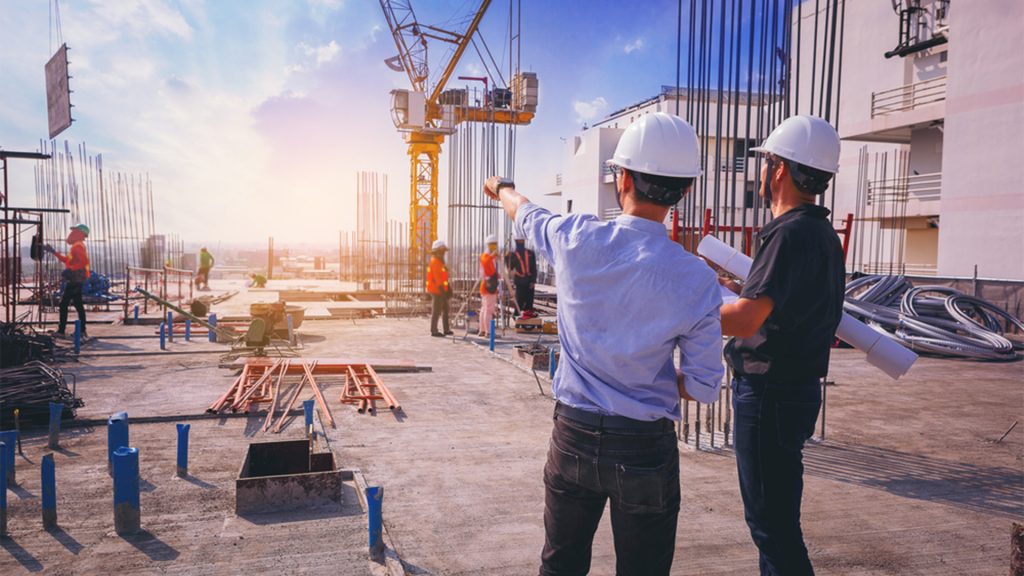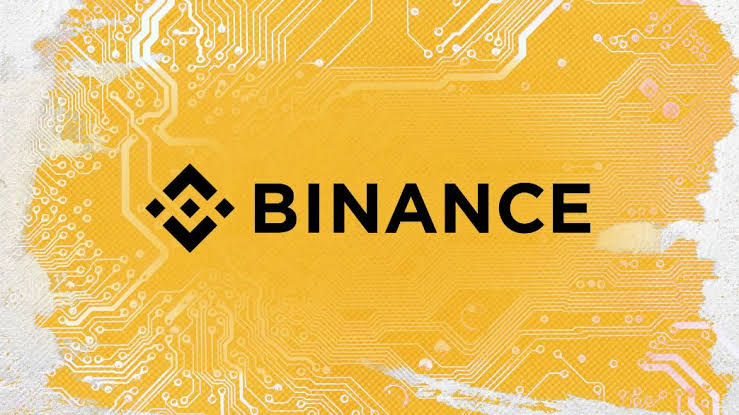Sustainable Construction the Smart Way: Why a BREEAM Pre-Assessment is Essential
The construction industry is evolving, with a growing emphasis on environmentally responsible practices. BREEAM (Building Research Establishment Environmental Assessment Method) is increasingly used as a globally recognized standard for measuring the sustainability performance of buildings throughout their entire lifecycle.
Obtaining a BREEAM certification not only demonstrates your commitment to sustainability but also offers tangible benefits in terms of operational cost savings, reduced environmental impact, and enhanced marketability.
A BREEAM pre-assessment provides a critical first step in your sustainability journey, laying the foundation for a successful and streamlined BREEAM certification process. In this article, we will take a closer look at what BREEAM is, why it matters, and how a BREEAM pre-assessment can unlock the full potential of your project.
What is BREEAM and Why Does It Matter?
BREEAM is a comprehensive methodology that evaluates the sustainability of a building across various categories, including energy efficiency, water use, materials, waste management, health and well-being, and more. Projects are awarded ratings ranging from Pass to Outstanding based on their performance.
Government regulations, planning requirements, and growing consumer preference for sustainable spaces are driving the demand for BREEAM-certified buildings. Developers, owners, and investors alike recognise the value proposition and are aware of its importance.
Benefits of BREEAM
BREEAM certification delivers several advantages:
- Reduced Operational Costs: Energy-efficient and resource-conserving designs lead to lower utility bills throughout the building’s lifespan.
- Minimised Environmental Impact: BREEAM encourages practices that reduce carbon footprints, conserve water, and responsibly manage waste.
- Improved Occupant Well-being: BREEAM prioritises healthy indoor environments, natural light, and access to green spaces, enhancing the experience of those who live and work in the building.
- Increased Property Value: Sustainable buildings command a higher market value and attract discerning tenants and buyers.
The Power of a BREEAM Pre-Assessment
A BREEAM pre-assessment offers more than just a preliminary look at your project; it’s a strategic tool for sustainability success. Here’s how it benefits your project:
Early-Stage Guidance
By analysing your project plans at the design stage, a BREEAM pre-assessment identifies potential areas to maximise sustainability performance, ensuring that your design and construction decisions align with the BREEAM framework.
This could include evaluating aspects like site orientation to optimise passive solar gains, specifying materials with lower embodied carbon, and considering strategies for efficient water management and waste reduction within the design itself.
Cost-Effective Sustainability
Integrating sustainability from the outset prevents costly design changes or retrofits later in the project. A pre-assessment helps you make informed choices that balance sustainability goals with budget considerations.
For example, your assessor may help you weigh the upfront cost of high-performance glazing against the long-term energy savings, enabling you to make a decision that aligns with your project’s economic and environmental objectives.
Risk Mitigation
A pre-assessment flags potential challenges that could hinder your targeted BREEAM rating. Armed with this knowledge, you can develop a proactive plan to mitigate risks and stay on course.
For instance, the assessment might reveal that the site’s ecology presents constraints to achieving certain credits. With this understanding, you can work with an ecologist to devise alternative strategies to meet BREEAM criteria or adjust your rating expectations accordingly.
Informed Decision-Making
A BREEAM pre-assessment provides a clear picture of potential sustainability trade-offs, the cost implications of different options, and the long-term benefits of various strategies, allowing you to make data-backed decisions.
Your assessor may present you with scenarios like choosing between a cutting-edge heating system with high efficiency but substantial capital cost versus a more standard system with a lower initial price point. Understanding the life-cycle costs and environmental performance will help you determine the most sustainable and cost-effective choice for your project.
Elements of a BREEAM Pre-Assessment
A BREEAM pre-assessment typically involves the following steps:
Project Brief Review
Your BREEAM assessor thoroughly analyses your design documents, site plans, and specifications, gaining a comprehensive understanding of your project vision.
This stage isn’t just about technical details. The assessor takes time to grasp your overarching goals, whether those prioritise achieving a specific BREEAM rating, maximising a particular aspect like energy performance, or creating a signature landmark for sustainability within your community.
Review Against BREEAM Criteria
The assessor evaluates your project against the relevant BREEAM criteria across categories like energy, water, materials, waste, ecology, pollution, health and well-being, and others. This meticulous process involves comparing your current plans to available BREEAM credits and identifying where existing design choices already align and where there is potential for significant gains in sustainability across the different categories.
Potential Target Rating
Based on the analysis, the assessor provides an estimated target rating that your project could realistically achieve under the BREEAM framework.
It is important to keep in mind that this is a preliminary target and might shift as the project progresses. However, it sets a baseline and helps focus priorities moving forward.
Recommendations
You’ll receive detailed recommendations on design modifications, material choices, technologies, and construction practices that could boost your BREEAM score and improve your overall sustainability performance. These recommendations won’t be generic; a skilled BREEAM assessor tailors them to your project.
For example, they might suggest alternative construction methods to reduce waste, provide guidance on sourcing locally produced materials to minimise transportation-related emissions, or explore renewable energy technologies that complement your site’s characteristics.
Choosing a Qualified BREEAM Pre-Assessor
- Accreditation: It’s essential to work with a BREEAM assessor who holds the appropriate accreditation, demonstrating their expertise and competence in the methodology.
- Experience: Select an assessor with a proven track record and a portfolio that includes projects similar in type and scale to yours.
- Communication & Collaboration: A skilled BREEAM assessor prioritises clear communication and works seamlessly with your project team, translating sustainability goals into practical strategies.
Beyond Certification: The Impact of BREEAM Thinking
The value of a BREEAM pre-assessment extends far beyond achieving a particular rating. It fosters a mindset focused on sustainability throughout the project’s lifecycle. Here’s why:
- Innovation Catalyst: The process of targeting BREEAM credits can inspire your team to explore innovative solutions and technologies that push the boundaries of conventional design.
- Future-Proofing Your Building: As sustainability regulations and market expectations evolve, BREEAM-aligned projects are better equipped to adapt and maintain their value proposition long-term.
- A Reputation for Responsibility: Demonstrating your commitment to sustainability through BREEAM certification enhances your brand reputation as an environmentally conscious developer, attracting potential clients, investors, and tenants who share these values.
Incorporating a BREEAM pre-assessment into your project’s development signifies a proactive approach to sustainable construction. It’s not just about ticking boxes; a pre-assessment delivers a strategic roadmap. You’ll optimise design choices, ensure compliance, mitigate risks, and enjoy the long-term benefits of a building that’s both environmentally responsible and economically advantageous.
By partnering with a qualified BREEAM assessor, you gain valuable insights that empower you to construct a building that contributes positively to the environment and sets a benchmark for sustainability in the built environment.





